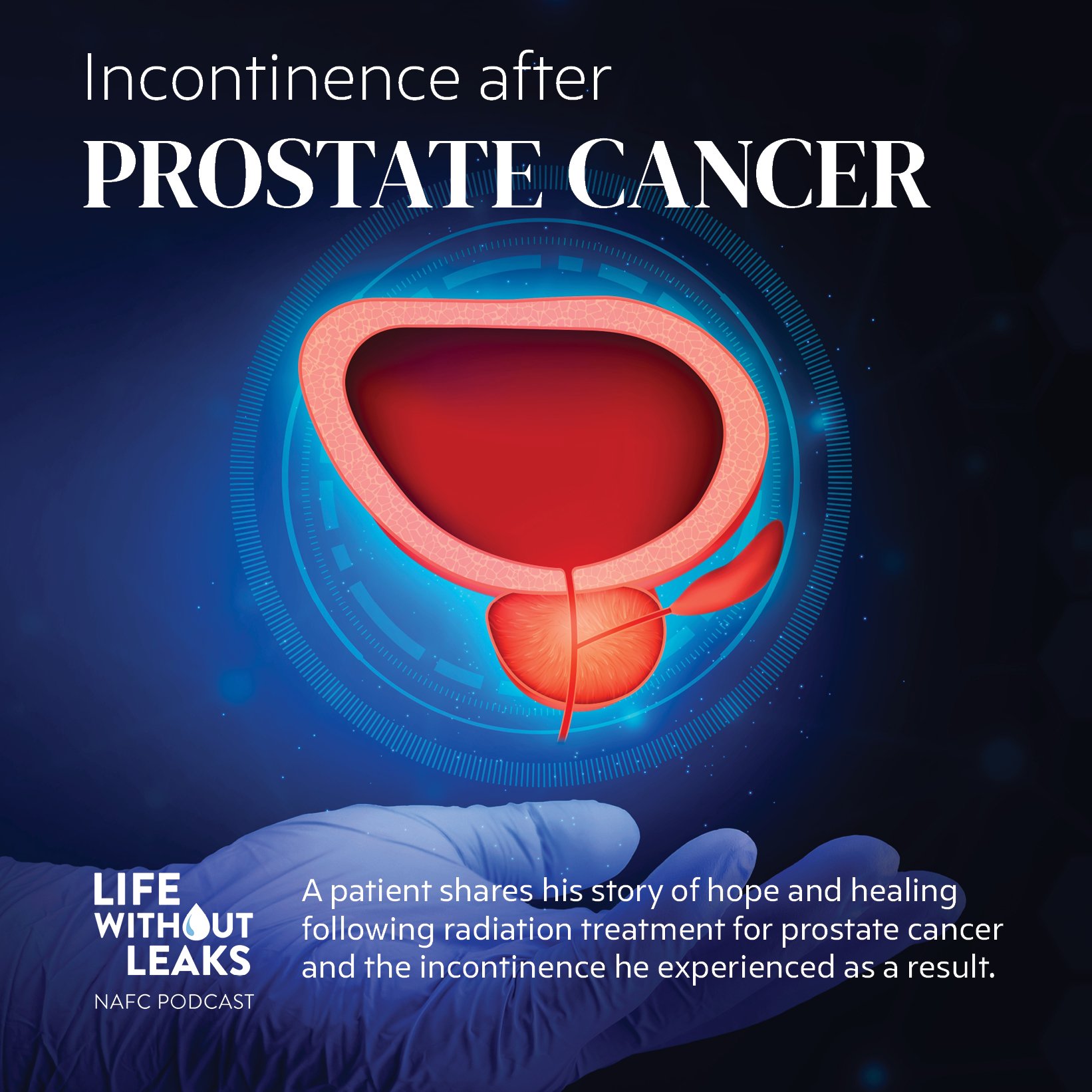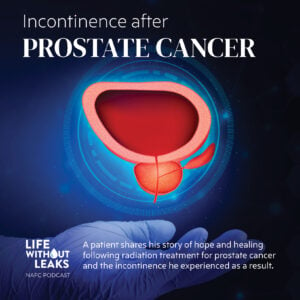Question: I know there are lots of pelvic floor products on the market. How do I know which pelvic floor product is best for getting rid of bladder leaks?
This is a great question! With more pelvic floor products out on the market, many women feel uncertain of which one they should choose and why.
First, let’s break down the main pelvic floor products out there.
Types Of Pelvic Floor Products
There are many different types of pelvic floor products on the market these days and they all address different issues.
Mechanotherapy
Mechanotherapy uses mechanical signals (gentle vibration at an optimized frequency) to promote natural healing and cellular regeneration of your pelvic floor muscles. This tones and strengthens your pelvic floor muscles and gets rid of bladder leaks in just 5 minutes a day for 6 weeks. It’s effective, simple, and the results are long-lasting without the need for continued maintenance.
Kegel Trainers
Kegel Trainers, or biofeedback devices, show you what your pelvic floor muscles are doing in real-time. This can show you whether or not you are doing a Kegel correctly.
Electrical Stimulation
Electrical stimulation, or e-stim, uses electrical signals to forcefully contract your pelvic floor muscles for you. There are both internal (vaginal) or external options available. Electrical stimulation may be appropriate when your pelvic floor muscles do not turn on at all.
Pelvic Pain Products
These products may be vaginal dilators, which stretch the vaginal walls gradually and progressively, or an internal pelvic floor wand, which you can use to release tight spots within your pelvic floor muscles. These are excellent products when dealing with pelvic pain or pain with intercourse.
How Do I Know Which Product Is Right For Me?
So now that you know the differences between each of these pelvic floor product types, how do you decide which is the best pelvic floor product for bladder leaks?
When in doubt, do your research. Look on the website for the following:
- What does the product do?
- How does it work?
- Have there been research studies showing the product works? If yes, how many people were in the research studies? Did the studies use objective outcome measures (like pad weight) or subjective outcome measures (like quality of life) or both? Did the studies include women of all severity levels?
- Are the results sustainable? (Do you have to keep using the product forever?) Has the sustainability been proven in studies?
- Who is on the customer support staff? What are their credentials? Are they doctors, physical therapists, or health coaches?
Lastly, if you’re still not sure, pick up the phone. Call customer service and ask your questions. Get a feel for the service – are you speaking to a real person? Does this person have degrees that back up their suggestions (they should be a doctor or specialist in the pelvic health field)? Do you feel supported throughout the process?
Remember that you are an important part of your own care. Advocate for yourself and ask questions if you’re in doubt!
About the author and Flyte:
Shravya Kovela, PT, DPT, OCS is a pelvic health physical therapist and business development manager at Flyte. Flyte is an FDA-cleared novel treatment that tones your pelvic floor muscles and improves bladder leaks in only 5 minutes a day for 6 weeks. Flyte teaches you how to properly do a Kegel and delivers mechanotherapy, gentle mechanical pulses that when paired with an active pelvic floor contraction stimulate the body’s natural healing response to amplify the benefits of a Kegel by 39x. It’s simple, effective, and clinically proven. Flyte will give you your life back – without limitations or bladder leaks. With a free Ask A (Pelvic) Physical Therapist Service and private Facebook group moderated by pelvic health experts, Flyte supports women throughout their journeys to better bladder and pelvic health. Learn more about Flyte at www.flytetherapy.com.







